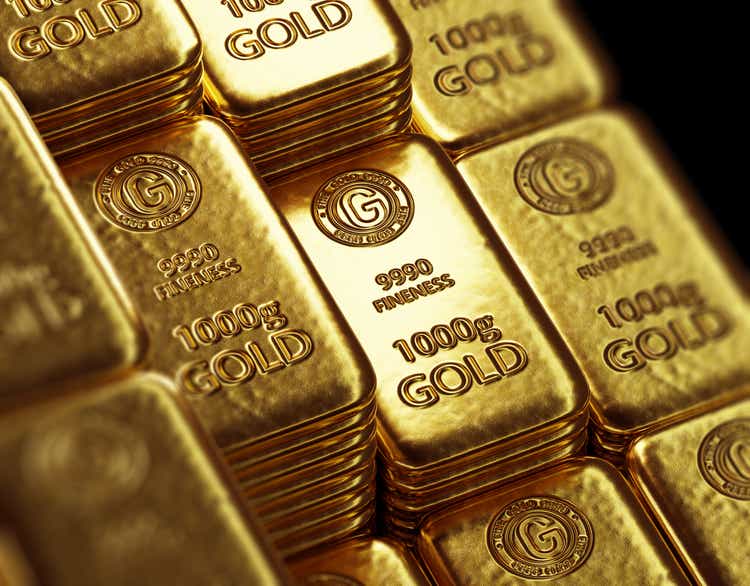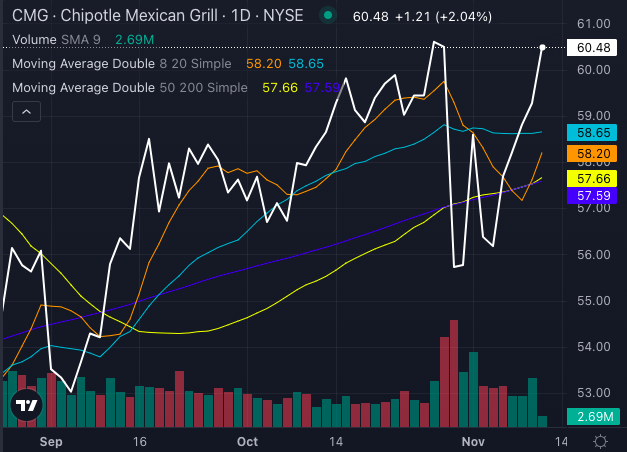Gold prices soared to unprecedented levels on Thursday as traders braced for an impending interest rate reduction by the Federal Reserve. Speculations intensified after recent data painted a picture of a sluggish U.S. economy.
According to the U.S. Labor Department, initial jobless claims crept up by 2K to a seasonally adjusted 230K last week. Meanwhile, inflation metrics, exemplified by the consumer price index on Wednesday and the producer price index on Thursday, signaled a trend of subdued inflation.
“We are moving towards an era of lower interest rates, making gold increasingly alluring,” remarked Allegiance Gold’s Alex Ebkarian, expressing optimism about more frequent rate cuts as opposed to larger ones.
“The labor market is showing signs of weakness, and a further decline could lead to an extended period of rate cuts,” added Blue Line Futures strategist Phillip Streible, echoing sentiments of a dovish monetary policy.
Front-month Comex gold for September delivery (XAUUSD:CUR) surged by +1.5% to reach $2,551.20 per ounce, marking an all-time high settlement and its most significant one-day gain in both dollar value and percentage since August 16. Simultaneously, front-month September silver (XAGUSD:CUR) rose by +4.1% to settle at $29.743 per ounce, its highest value since August 27. Year-to-date, gold and silver have soared by 23.7% and 24.7%, respectively.
Noteworthy precious metals stocks that hit 52-week highs in Thursday’s trading included Coeur Mining (CDE) with a remarkable +19.1%, Caledonia Mining (CMCL) at +6.6%, Hecla Mining (HL) with an impressive +8.8%, Iamgold (IAG) at +8.3%, Kinross Gold (KGC) showing +6.8% gains, New Gold (NGD) up by +9.2%, and Vista Gold (VGZ) closing with a solid +6.5% surge.
“Just because gold has reached a new zenith does not preclude it from reaching even greater heights,” emphasized Altavest co-founder Michael Armbruster, highlighting the unprecedented levels of U.S. governmental spending that shows no signs of tapering off.
Armbruster also referenced a recent survey indicating central banks were ramping up their gold reserves while reducing exposure to the U.S. dollar. He pointed to the colossal U.S. federal deficit, questioning whether foreign central banks would prefer investing reserves in U.S. dollars or gold, given the circumstances.



